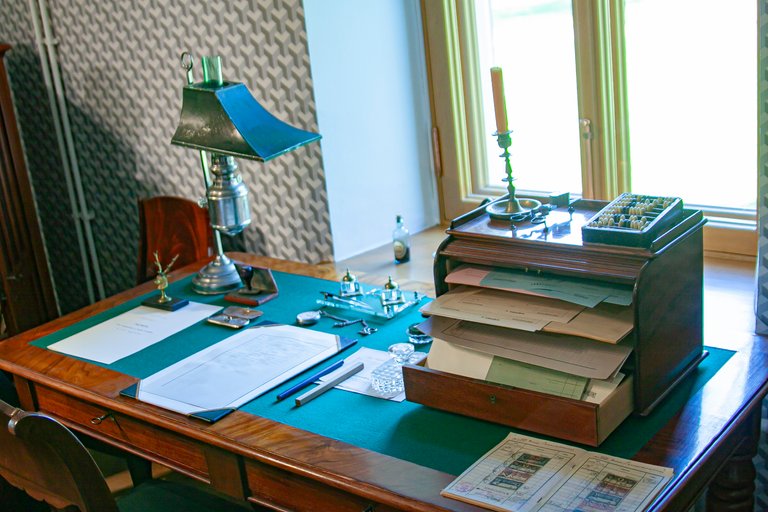
Since yesterday we started a virtual tour of the telegraph station in Peterhof, today I offer you the final stage of this journey. I will tell you a little about the history of the telegraph and show you other pictures from this museum.
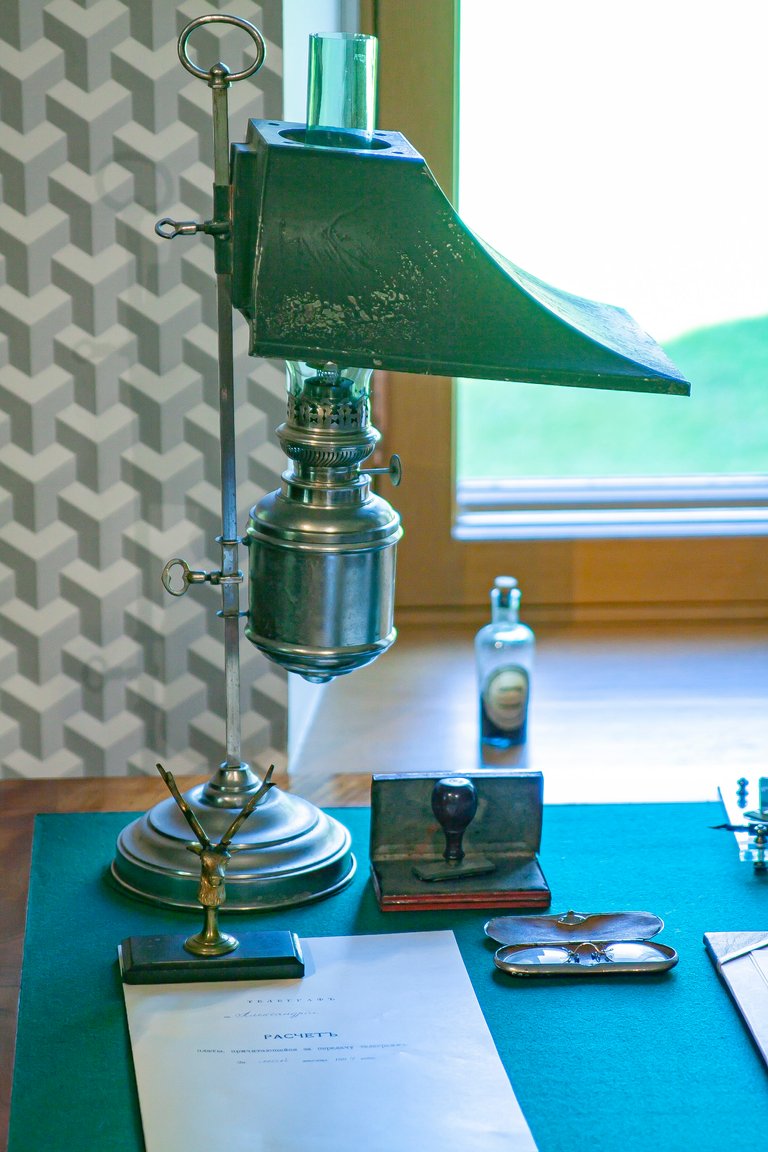
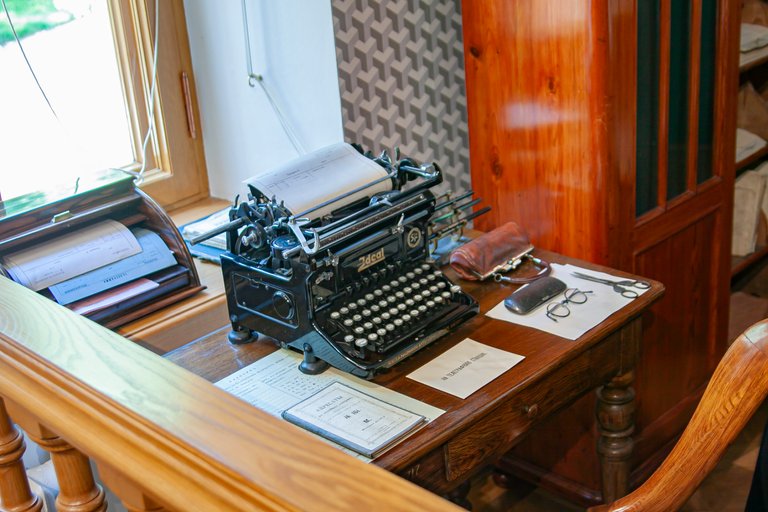
INFORMATION FROM THE NETWORK: The building of the palace telegraph station in Alexandria was built in 1858 according to the project of architect A.I. Stackenschneider. The station was part of the Kronstadt line of the electromagnetic telegraph, which in the reign of Emperor Alexander II enveloped the Russian Empire in a dense network. From the very beginning, the telegraph station was intended not only for the needs of the imperial court, but also for public use, so the building was built right next to the park border.
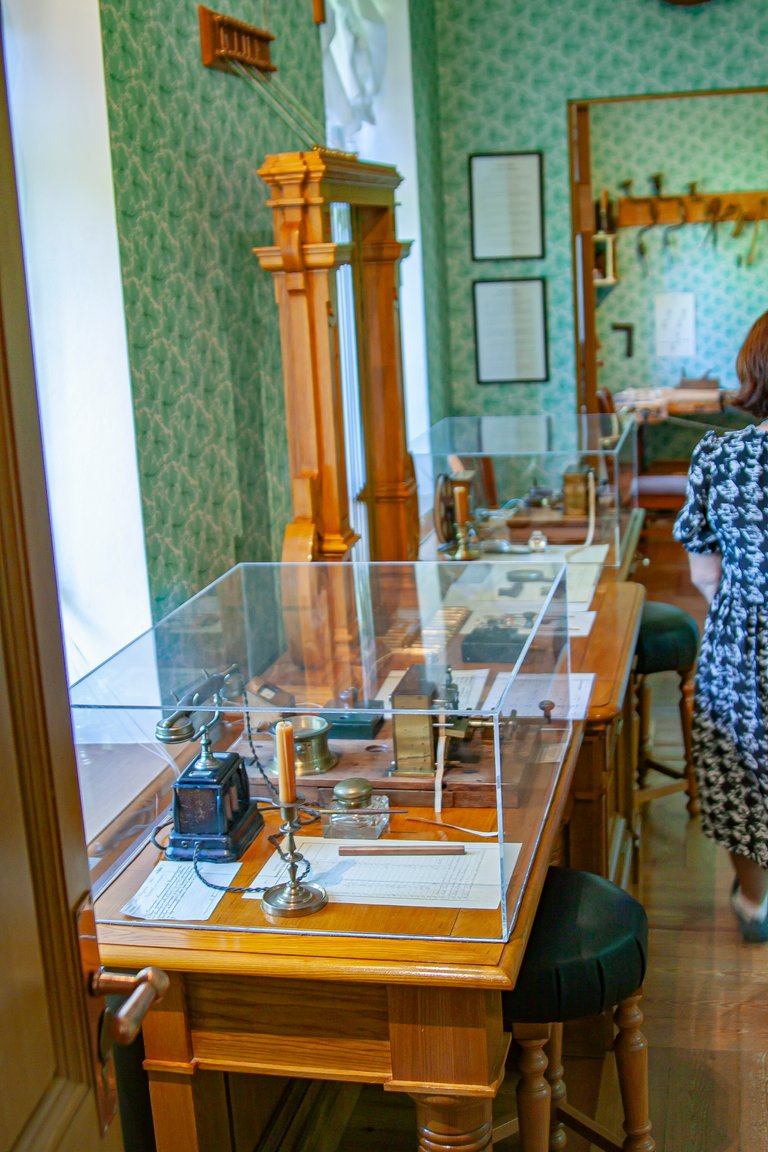
Optical telegraphy is only the first stage of this type of communication. Later it was developed in the form of an electric telegraph. It was no longer necessary for him to build tall towers with signaling devices. In the museum, we were shown several devices resembling a piano keyboard - this is the device for entering characters of an electric telegraph.
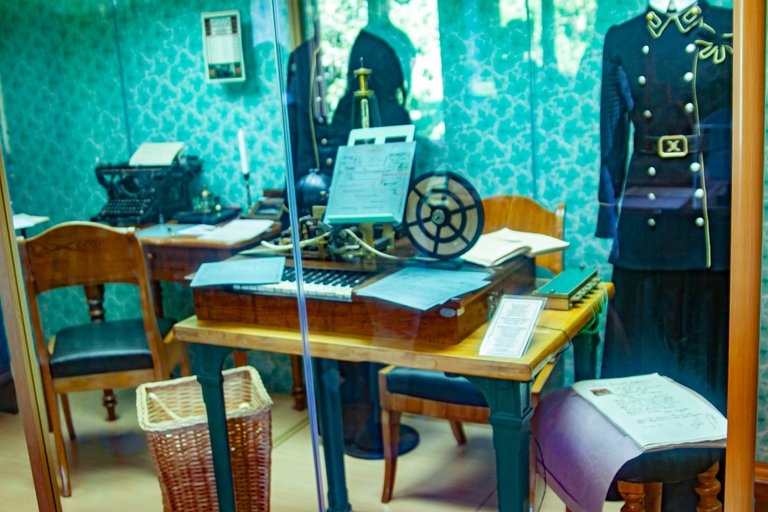
A little later, it was replaced by a photo telegraph and the museum also has exhibits on this topic. I liked that all the equipment and devices are very well preserved, closed in beautiful storefronts, where the visitor can see everything well up close.
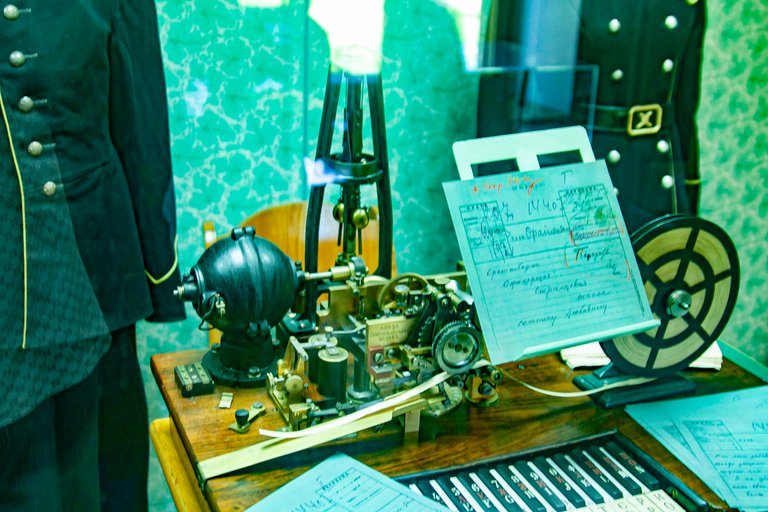
The guide at the museum told us that years had passed and a wireless telegraph had appeared. At a certain frequency, using a transmitter resembling a Morse code device, operators sent signals, which were then read by the receiving side.
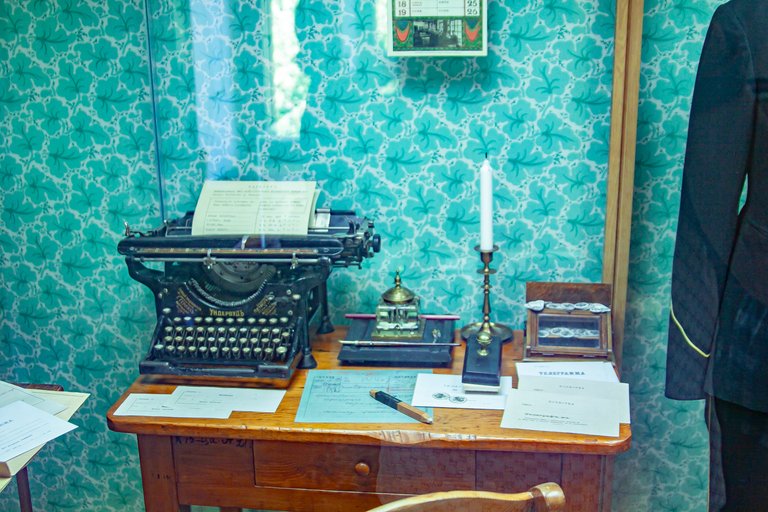
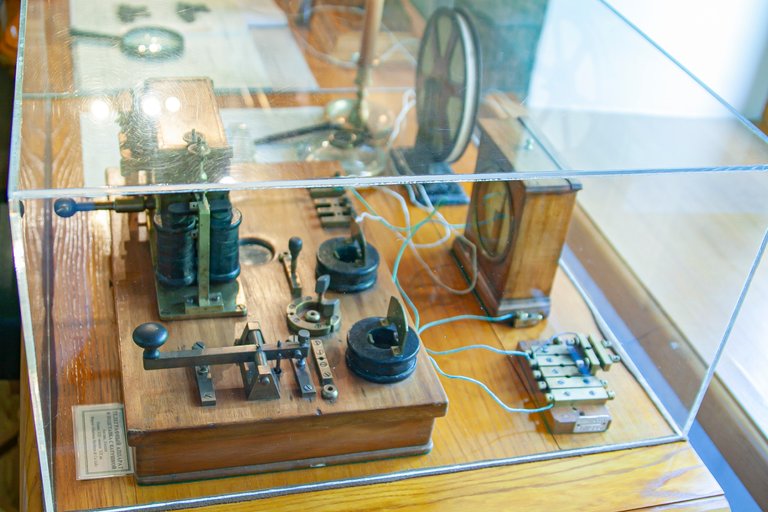
This type of telegraph still exists. The devices have been repeatedly improved and refined, but in many cities they are still used to send and receive telegrams.
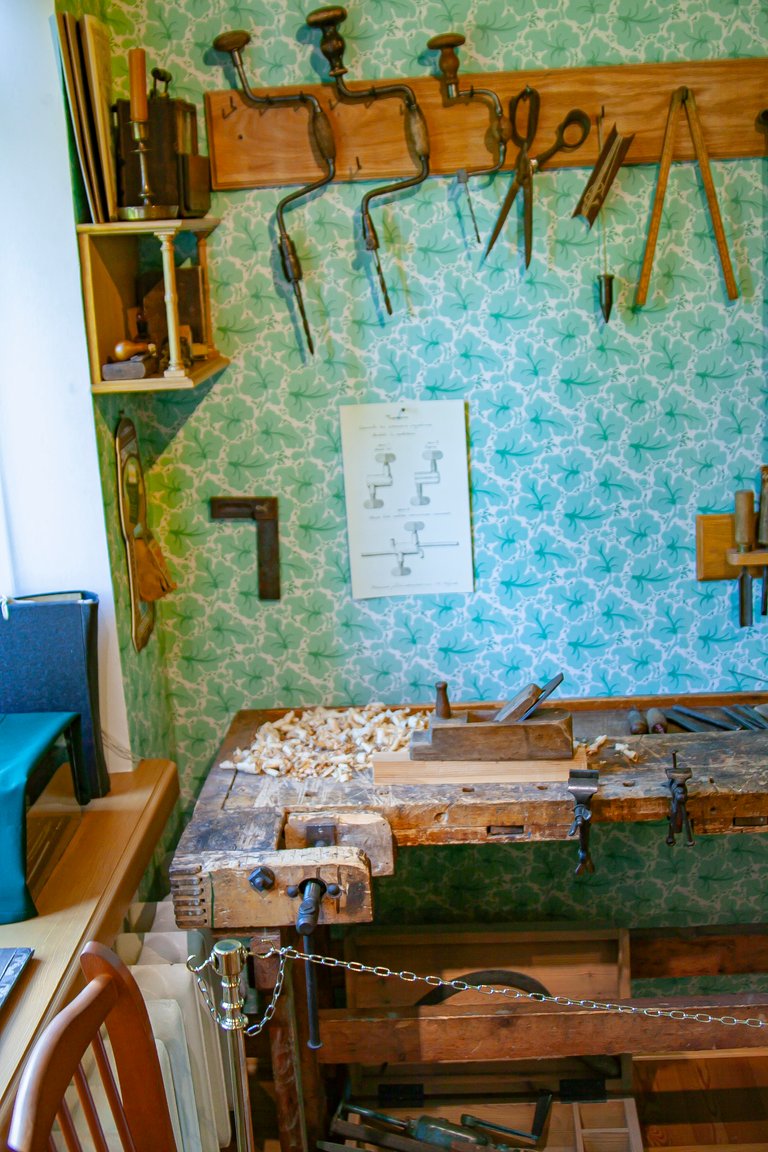
A device called telex completes the history of the telegraph. The transmission device almost completely resembles a typewriter. The principle of its operation is similar to telephone communication. The guide told us how these devices were widely used for military and government purposes.
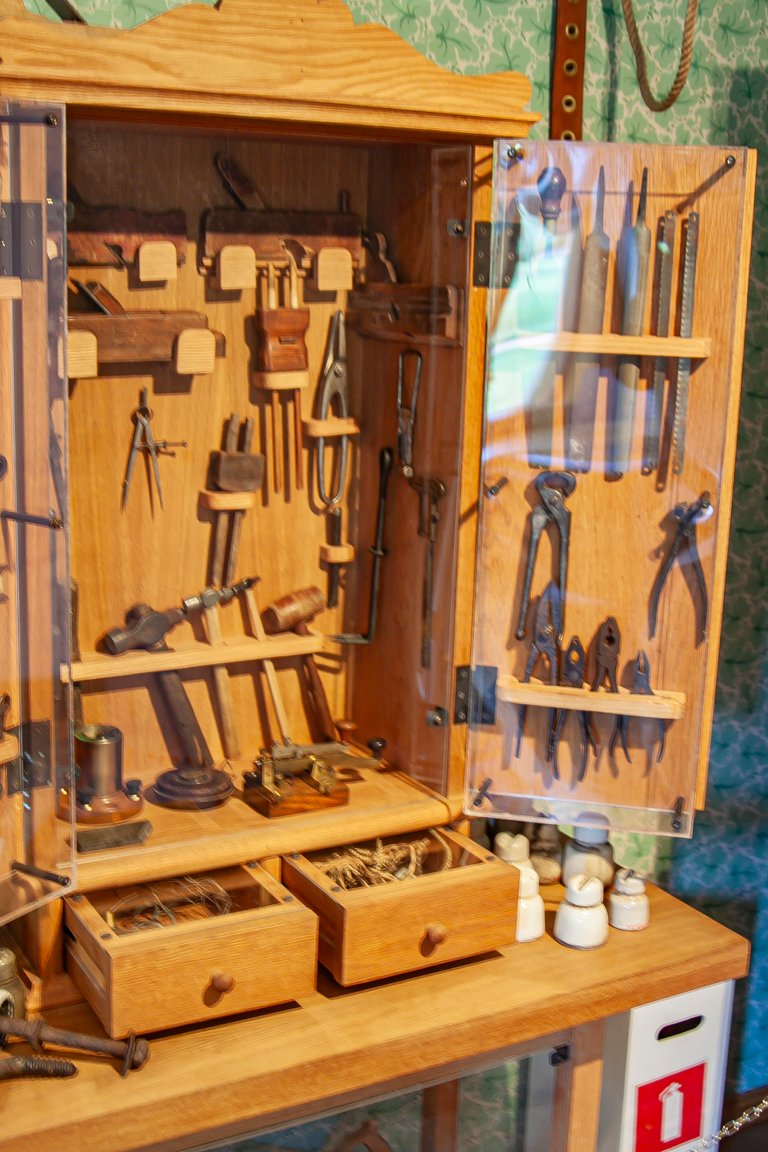
To be honest, I didn't even think that the tour of the Telegraph Museum would be so interesting. This museum is very small, but during the visit we learned a lot and even watched a video, kindly provided to us by local guides.
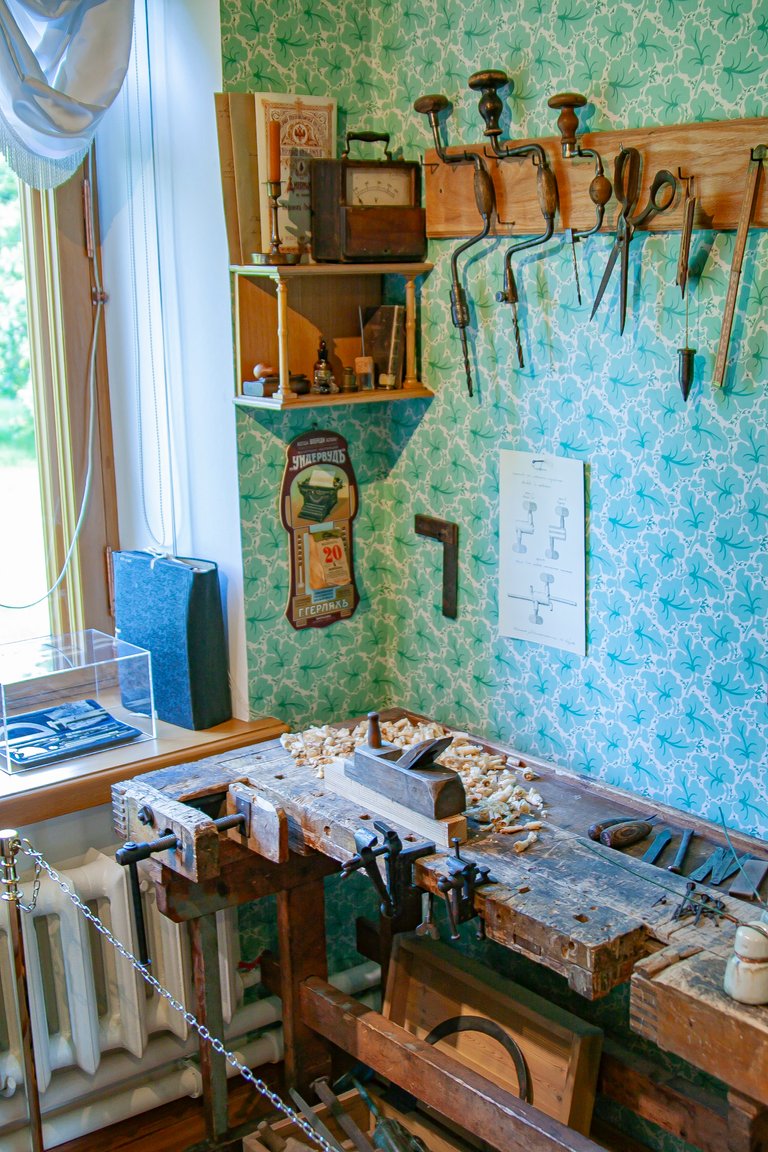
Tomorrow we will go further around the surroundings of Peterhof. We will visit such interesting places that I have never visited before and that you will probably find very curious. And that's it for today!
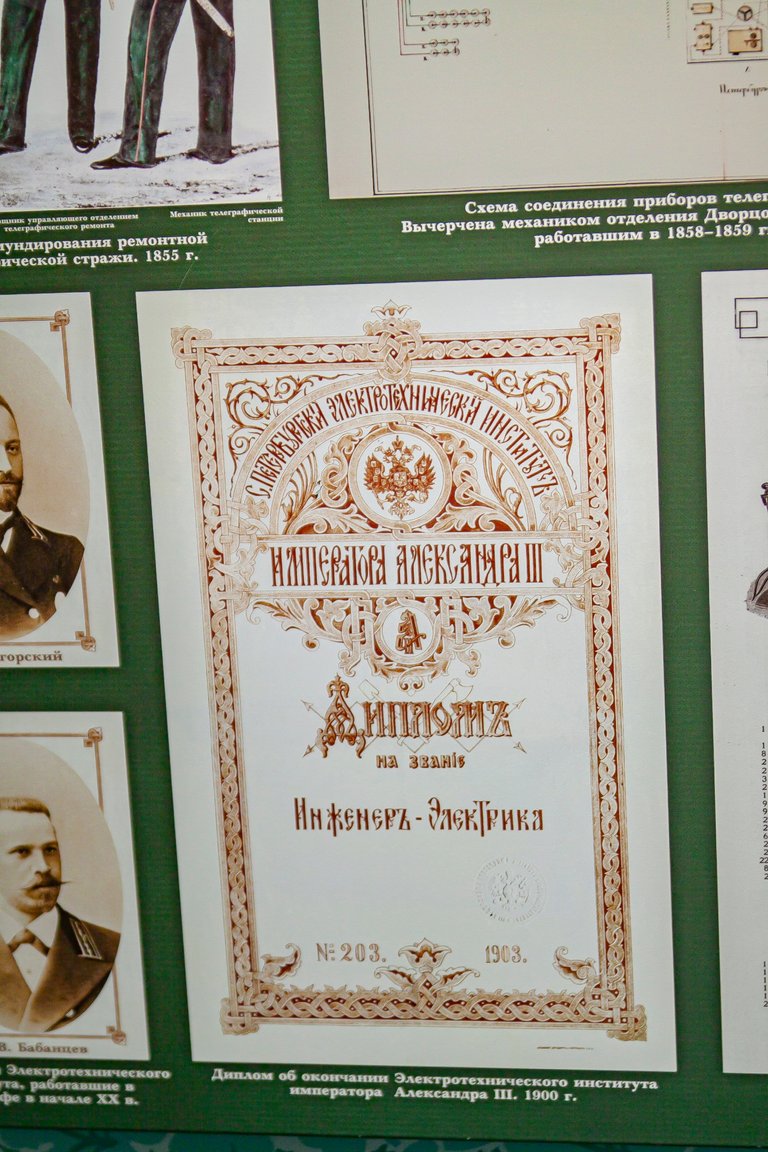
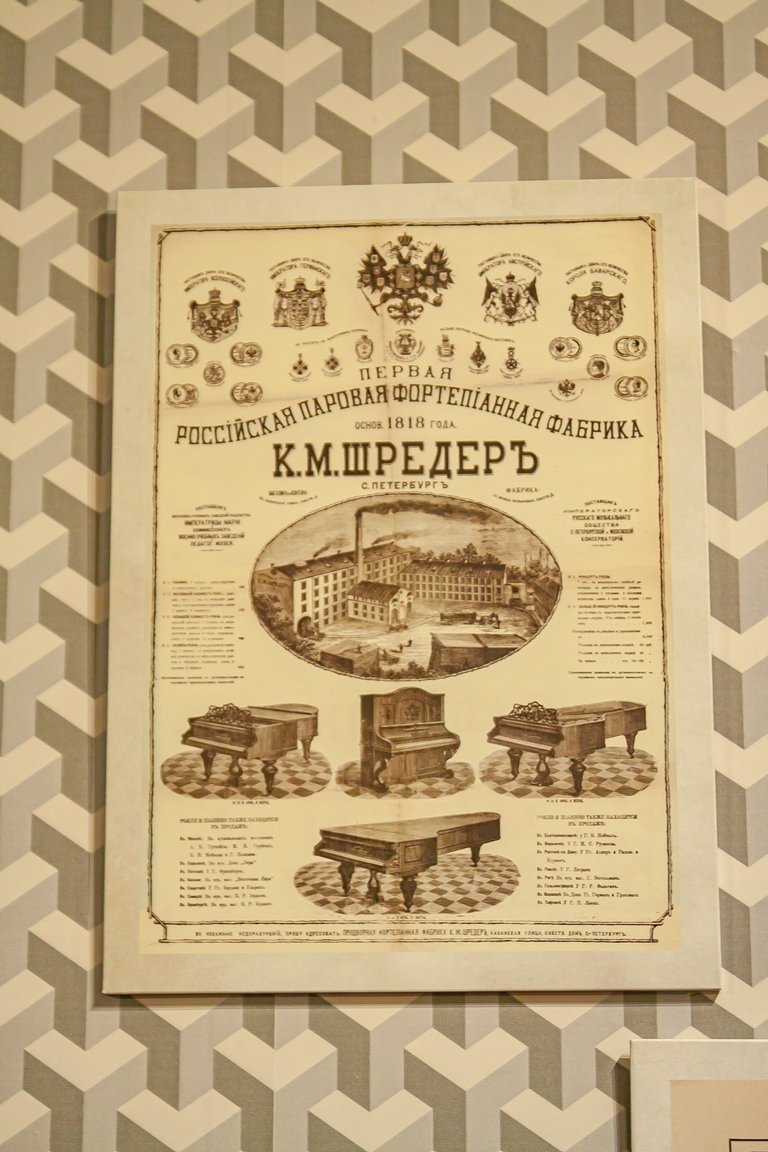
Так как вчера мы с вами начали виртуальную экскурсию по телеграфной станции в петергофе, сегодня я предлагаю вам заключительный этап этого путешествия. Я немного расскажу об истории телеграфа и покажу другие снимки из этого музея.
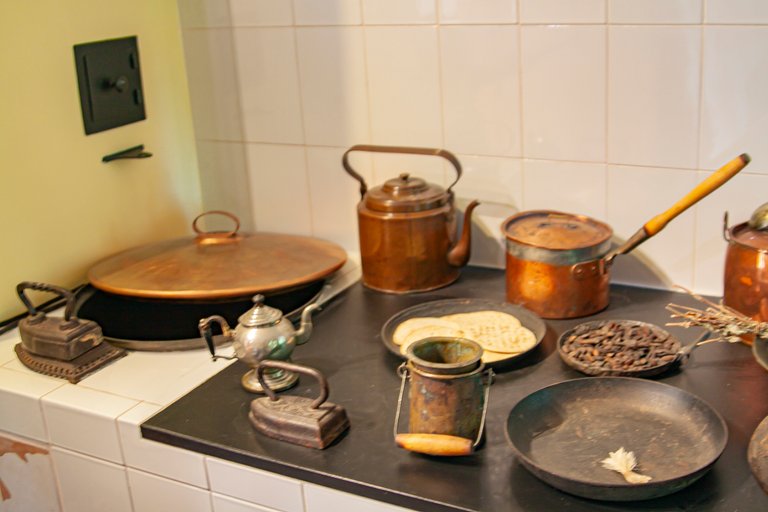
СПРАВКА ИЗ СЕТИ: Здание дворцовой телеграфной станции в "Александрии" было построено в 1858 году по проекту архитектора А.И. Штакеншнейдера. Станция входила в состав Кронштадтской линии электромагнитного телеграфа, который в царствование императора Александра II густой сетью окутал Российскую империю. Телеграфная станция с самого начала предназначалась не только для нужд императорского двора, но и для общественного пользования, поэтому здание было построено у самой парковой границы.
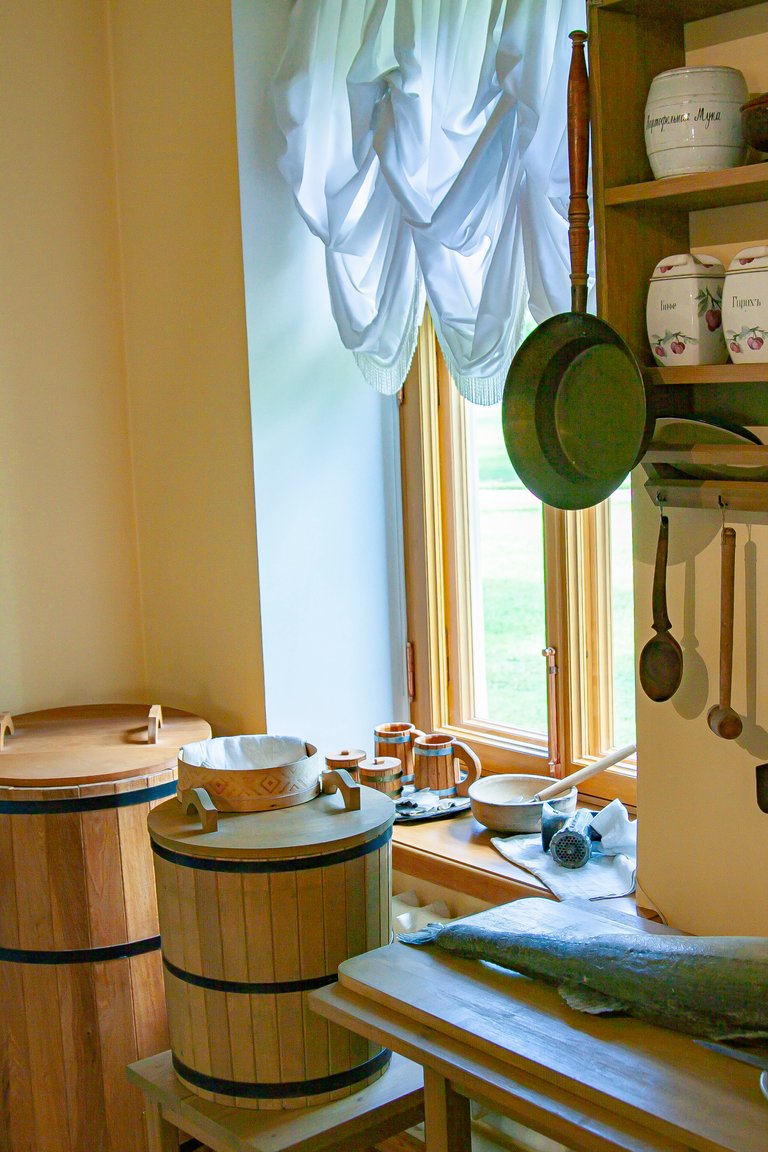
Оптический телеграф - это только первый этап данного вида связи. Позже он получил развитие в виде электрического телеграфа. Для него уже не было необходимости строить высокие башни с сигнальными устройствами. В музее нам показали несколько устройств, напоминающих клавиатуру пианино - это и есть устройство ввода символов электрического телеграфа.
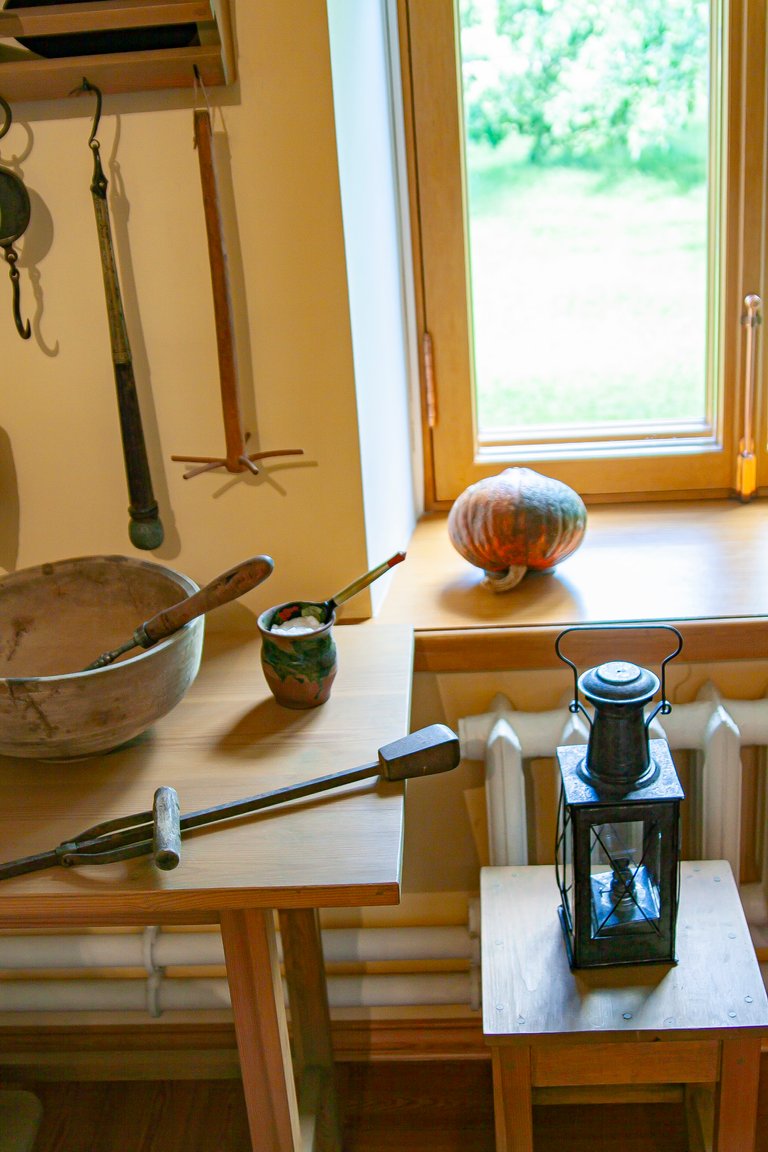
Чуть позже ему на смену пришёл фототелеграф и в музее также имеются экспонаты на данную тему. Мне понравилось, что всё оборудование и устройства очень хорошо сохранилась, закрыто в красивых витринах, где посетитель может всё хорошо рассмотреть вблизи.
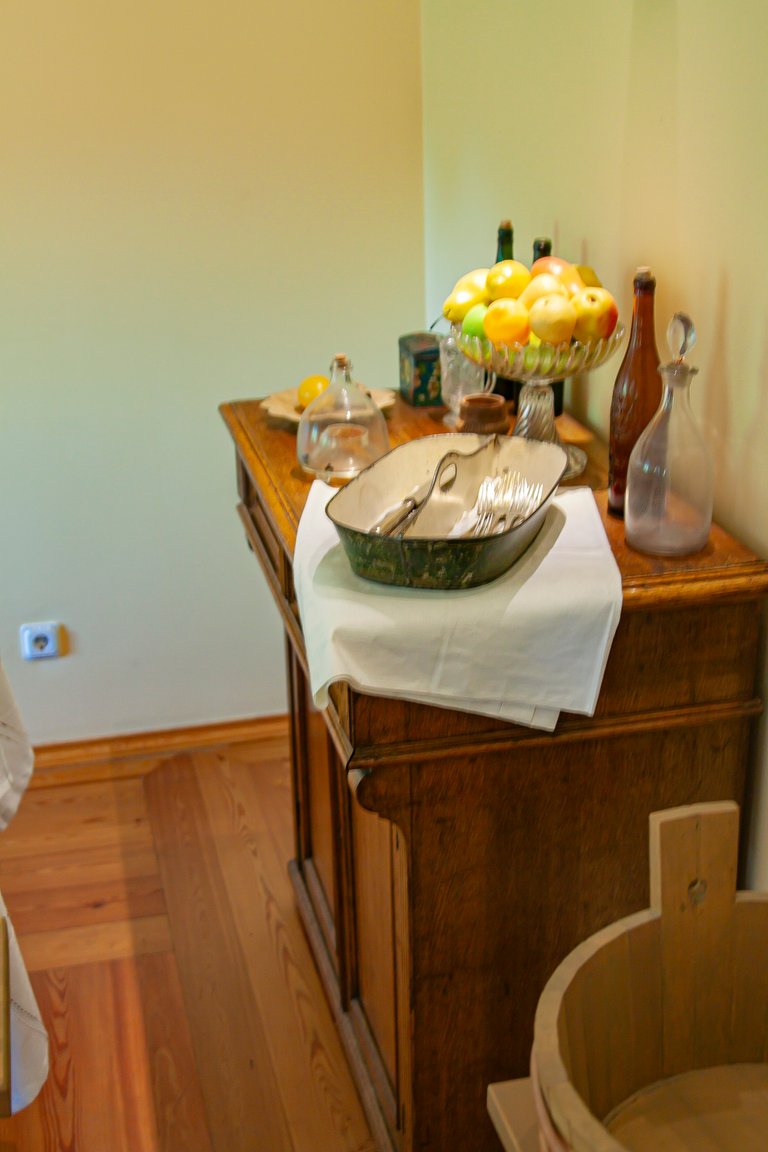
Гид в музее рассказала нам, что прошли годы и появился беспроводной телеграф. На определённой частоте с помощью передатчика, напоминающим прибор для азбуки Морзе, операторы отправляли сигналы, которые потом считывались принимающей стороной.
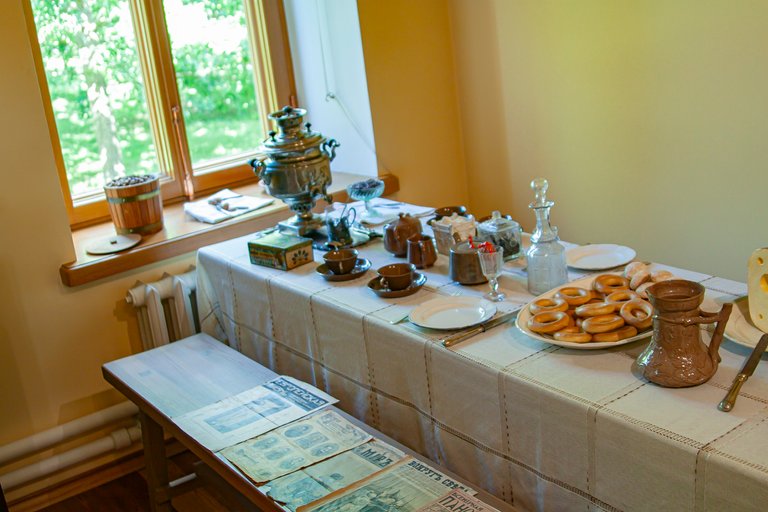
Этот вид телеграфа существует до сих пор. Устройства неоднократно совершенствовались, дорабатывались, но во многих городах ими до сих пор пользуются для отправки и приёма телеграмм.
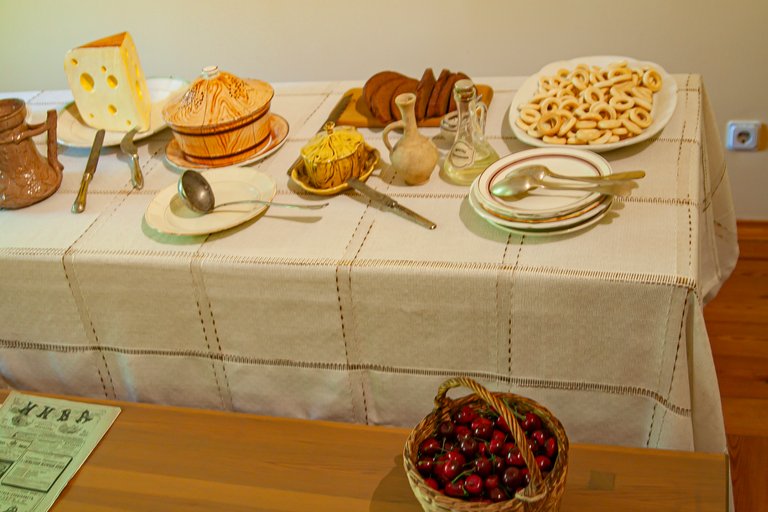
Завершает историю телеграфа прибор под названием телекс. Устройство передачи почти полностью напоминает печатную машинку. Принцип его действия схож с телефонной связью. Гид рассказала нам, как эти приборы широко использовались в военных и государственных целях.
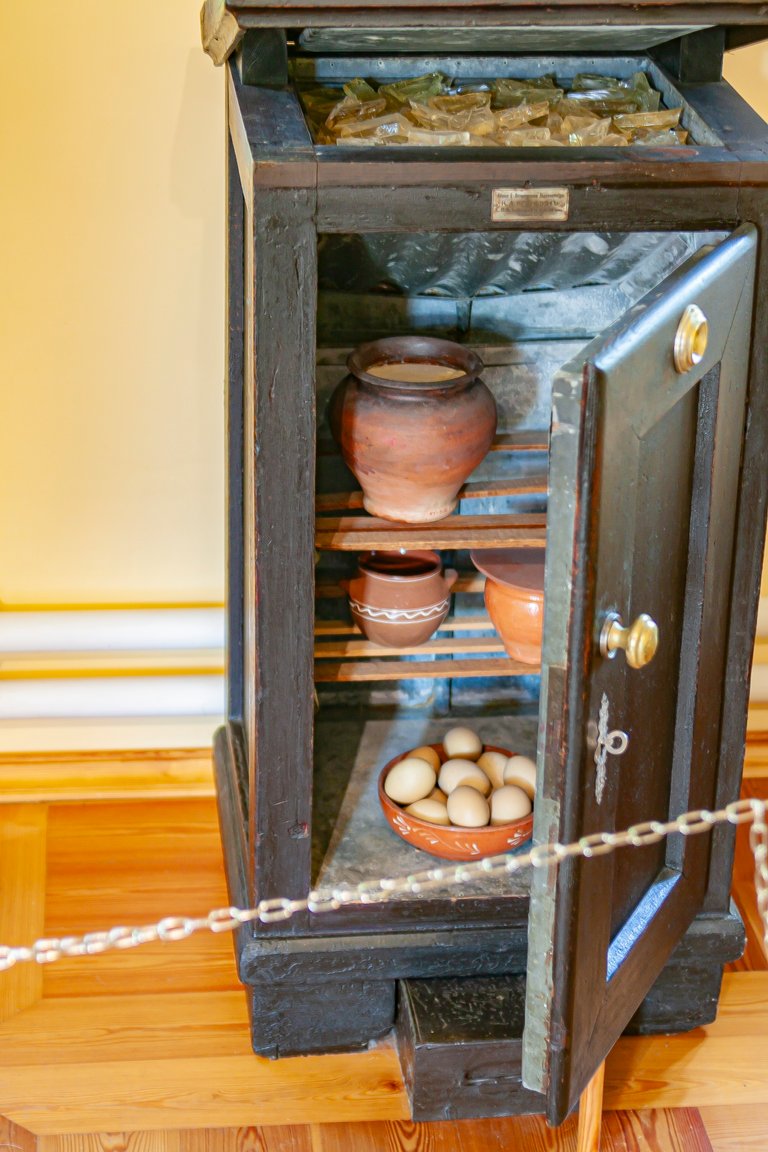
Честно говоря, я даже не думал, что экскурсия по музею телеграфа выдастся такой интересной. Этот музей очень небольшой, но за время посещения мы узнали очень много и даже посмотрели видеофильм, любезно предоставленный нам местными гидами.
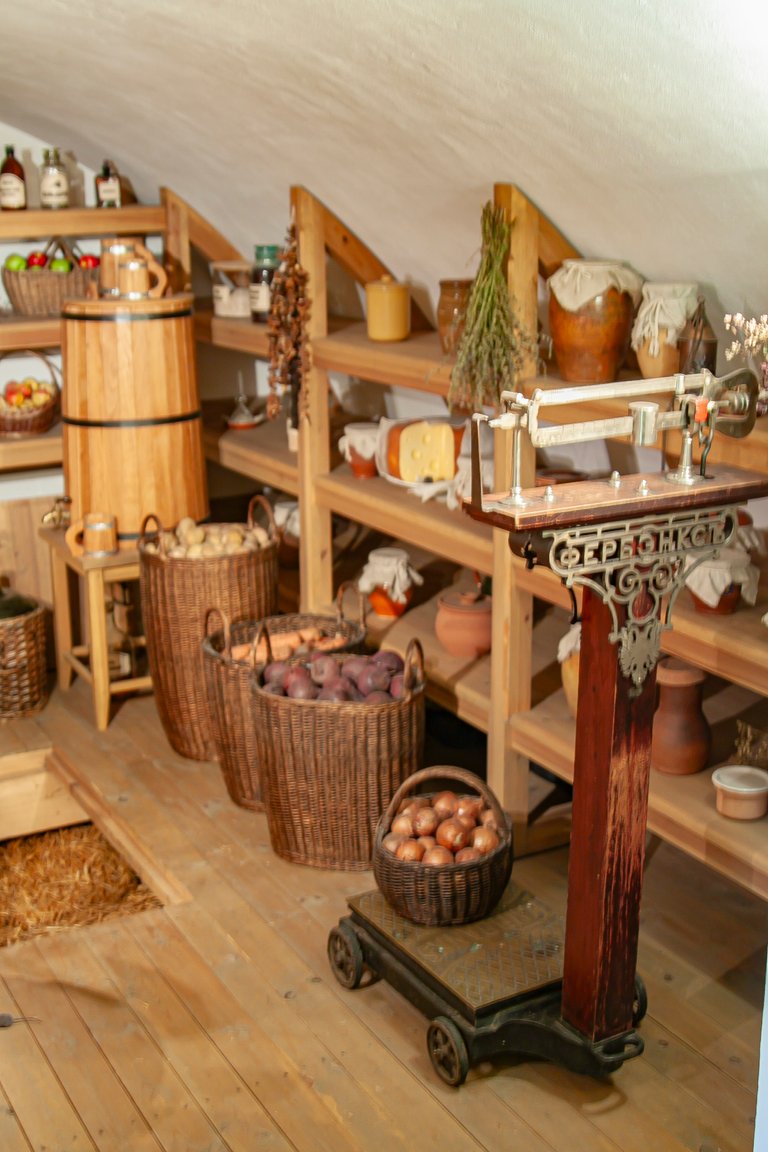
Завтра мы отправимся дальше по окрестностям Петергофа. Мы посетим такие интересные места, которые до этого я не посещал ни разу и которые наверняка покажутся вам очень любопытными. А на сегодня у меня всё!
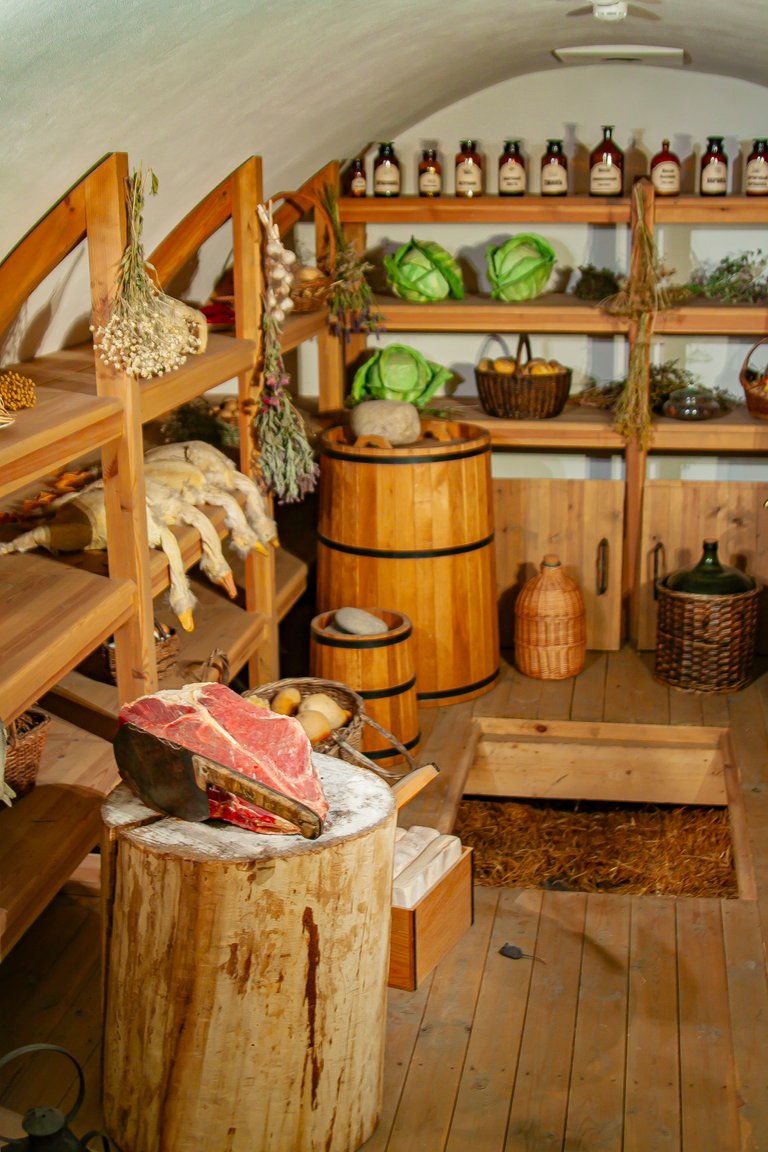


Congratulations, your post has been added to Pinmapple! 🎉🥳🍍
Did you know you have your own profile map?
And every post has their own map too!
Want to have your post on the map too?